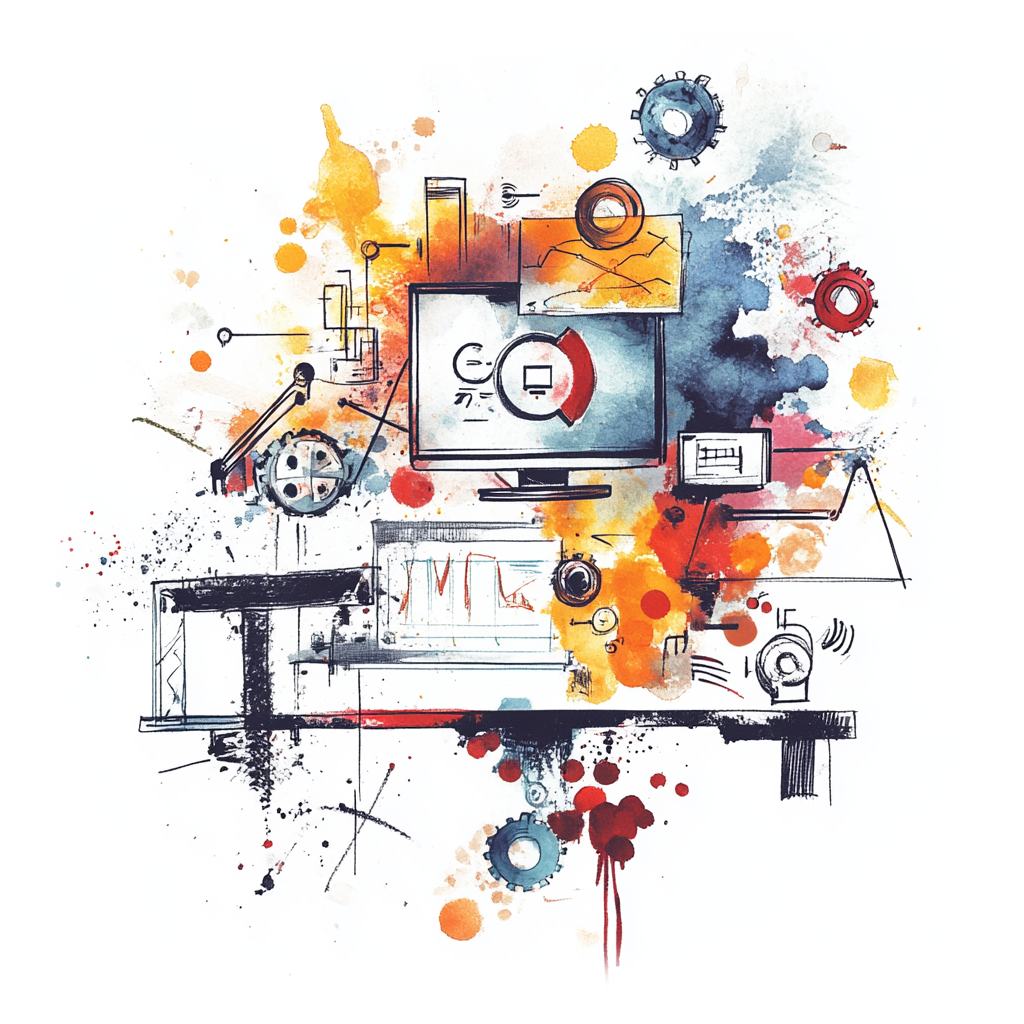Leveraging Self-Owned AI in Third-Party Logistics
Learn how Third-Party Logistics companies can leverage self-owned AI to enhance their operations and drive innovation.

Unlocking the Future of Third-Party Logistics: Harnessing Your Own AI
In today's fast-paced world, the logistics industry is more competitive than ever. For upstream operators in the Third-Party Logistics (3PL) realm, finding efficiency and innovation can be the game-changer that sets your business apart from the pack. Imagine having your own AI that understands your unique operations, processes data in real-time, and helps you make better decisions faster. Let's dive into how this can be a reality for your company.
Transformative Use Cases for Your Own AI
-
Demand Forecasting: Traditional demand forecasting often relies on historical data, and it may miss seasonal spikes or trends. Your own AI can analyze a myriad of factors—market trends, geopolitical events, and even weather patterns—providing you with hyper-accurate demand predictions that can help optimize your inventory levels.
-
Route Optimization: Imagine if you could predict the most efficient routes for your deliveries in just a few clicks. Your own AI can manage real-time traffic data and reroute deliveries on the fly, cutting down delivery times and reducing fuel costs significantly.
-
Customer Service Automation: Picture a virtual assistant that learns from your past customer interactions and can help address common questions or issues, even providing support during off-hours. Handling customer inquiries through a personalized AI saves time for your team and keeps your customers happy.
-
Risk Management: The logistics sector can be fraught with risks—including supply chain disruptions, regulatory changes, and economic fluctuations. Your own AI can monitor these variables constantly, alerting your team to potential risks before they become costly problems.
Why Go for Your Own AI?
-
Customization: By utilizing your own AI, you create a system tailored to your specific needs. Unlike generic solutions, this technology knows your business inside and out, making it infinitely more effective.
-
Security: With a self-hosted AI, you maintain complete control over your data. This means you can ensure compliance with industry regulations and minimize vulnerabilities, something that is becoming increasingly important in our digital age.
-
Cost-Effectiveness: Initially, setting up your own AI may seem like a big investment. However, think about the long-term savings. Streamlined operations, reduced fuel costs, and happier customers can quickly offset those upfront costs.
-
Competitive Edge: In an industry where time equals money, having your own AI can provide you with insights and recommendations that your competitors may not have access to—allowing you to stay a step ahead.
Steps to Implement Your Own AI
-
Define Your Objectives: First, figure out what you want to achieve with your own AI. Are you looking to enhance customer service, improve efficiencies, or manage risks better? Pinpointing the goals will guide the development process.
-
Gather Your Data: Your AI will need data to learn and function effectively. Bring together historical data from your operations—this includes shipping records, customer interactions, and any relevant external factors (like market trends).
-
Choose the Right Software: Collaborate with a software development partner (like us!) who understands the logistics industry. They will help build an AI tailored specifically to your operational needs.
-
Train Your AI: This will take some time, but feeding your AI with quality data allows it to learn from the patterns and trends in your operations. Regularly revisit and fine-tune its training to enhance its performance.
-
Deploy and Monitor: Once your AI is set up, it's time to put it to work. Monitor its performance closely, ready to make adjustments as needed. Keep track of the metrics that matter most to you so you can see the impact it’s having.
-
Iterate and Improve: The beauty of having your own AI is that it can learn and adapt over time. As your business evolves, so should your AI. Regularly assess its performance, gather feedback from users, and make necessary improvements.
In conclusion, having your own AI in the Third-Party Logistics industry is not a far-off dream—it's an attainable reality that can transform your business. From enhanced efficiency and cost savings to superior customer experiences, the possibilities are endless. So, why wait? Start your journey to a smarter future today!
